Hadjod (Cissus Quadrangularis): Uses, Benefits, Side Effects & More!
By Dr Rajeev Singh +2 more

Get,

to manage your symptom
Get your,


4 Cr+ families
benefitted

OTP sent to 9988776655



You’ve successfully subscribed to receive
doctor-approved tips on
Whatsapp

Get ready to feel your best.

Hi There,
Download the PharmEasy App now!!


Register to Avail the Offer
Send OTPBy continuing, you agree with our Privacy Policy and Terms and Conditions

Hi There,
Sign up on PharmEasy now!!
Trusted by 4 crore+ families

OTP sent to 9988776655



You have unlocked 25% off on medicines




Code: NU25
By Dr Rajeev Singh +2 more
Table of Contents
Cissus quadrangularis, commonly known as ‘Hadjod’ in Hindi, is a fleshy plant belonging to the Vitaceae family1. It is known by numerous vernacular names depending on the region. In Bangladesh, it is known as Hathisur in Sri Lanka, it is known as Heeressa in West Africa, it is known as Treebine, Zarnazaru, Banddiagra, Oongoonujaara in Thailand, it is known as Khankho, phet sangkhaat, san cha khuat and in India, it is known as Bonesetter, Adamant creeper, Veldt-grape, Hadjod, Hadsanka and Asthisamadhani. Hadjod, also known as Asthisamharaka, is a luscious herb found in India’s warmest regions. It can grow up to 500 meters above sea level in plain coastal areas, forests, and wastelands. Stem cuttings are used to propagate the herb. From June to December, the herb blooms. It is a climbing herb that turns leafless as it ages. It is a shrubby climber that can grow up to 1.5 meters tall. The plant blossoms small greenish-white flowers. The leaves are 2.5-5 cm long, broadly ovate or kidney-shaped leaves. The calyx is cup-shaped, short, and deciduous. There are 4-5 petals on each flower. The fruits are obovoid, very acrid, one-seeded, and dark purple to black. The stem is smooth, branched, glabrous, subangular, and fibrous and found to be buff colored with a greenish tinge. The stems measure 8–10 cm in length and 1–1.5 cm in width2. Iridoids, alkaloids, flavonoids, stilbene derivatives, sterols, triterpenes, fatty acids, methyl esters, and other phytochemicals have been found in the hadjod. The presence of five well-known chemicals on leaves was discovered, including Tetratriacotanol, Ecosyl eicosanoate, Tetratriacontanoic acid, α,β-amyrin, β-sitosterol. Polyphenols such as Daidezein, Quercetin, and Genistein were also reported in the leaves1.
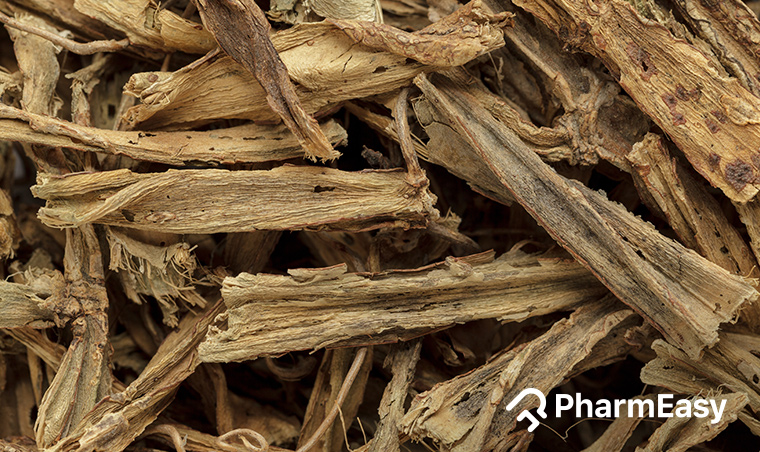
The nutritional content fount in hadjod root powder/100 gm is:
Hadjod might be your ally in dental problems! Yes, you read it right Recent studies have revealed that the use of Hadjod may help in alleviating dental cavities when they start due to its anti-bacterial nature5.
Dr. Siddharth Gupta, B.A.M.S, M.D (Ayu)
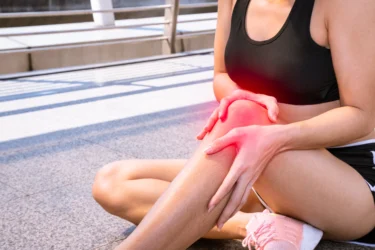
Traditional Hadjod folklore is that it is used to relieve pain. Animal models that are widely accepted worldwide were used to test its analgesic potential. Hadjod’s effects were shown to be effective even at low doses, indicating that the herb has high potency in simulating central and peripheral pain. The phytosterols β-sitosterol and β-sitosterol glycoside, terpenoids, and phenolic substances such as resveratrol, quercetin, quercitrin, and kaempferol found in hadjod are thought to have analgesic properties2.
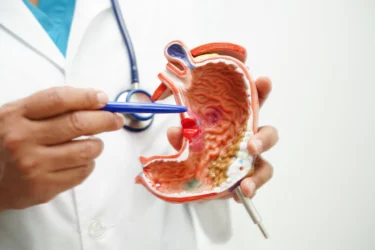
The presence of phytochemicals like polyphenols, glycosides, vitamin C, and β-sitosterol in hadjod may contribute to antiulcer potential or accelerate ulcer healing by releasing polyamines and transforming growth factor-α. Hadjod displayed cytoprotection by increasing potassium, hexosamine, bicarbonate, and the carbohydrate, protein ratio while lowering pepsin, proteins, and acid secretion in the stomach2.

Traditional literature mentions the use of hadjod in treating a variety of bacterial and viral infections. The steroids and flavonoids present in a partially purified extract of the hadjod stem were found to have excellent antiviral activity against herpes simplex virus types I and II2. In an antibacterial study, six different extracts of hadjod stem were tested against gram-positive and gram-negative bacteria. As a result, methanol extract was found to have superior antibacterial activity against S. pyogenes, B. subtilis, S. aureus, P. aeruginosa, and S. typhi, among other bacteria2. The antifungal activity of hadjod extract was determined by comparing it to the standard medication fluconazole. The diameter of the zone of inhibition generated on the surface of Petri dishes was used to determine antifungal activity. The study found that hadjod extract had promising antifungal efficacy against Aspergillus flavus1.
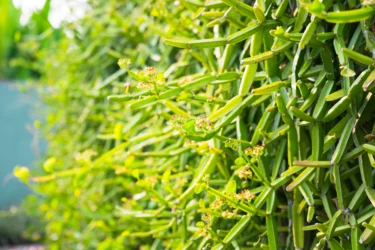
On the Haemonchus contortus worm, the anthelmintic activity of hadjod extract was investigated. The presence of alkaloids, flavonoids, tannins, and phenols in the extract may contribute to its anthelmintic effect2.

Hadjod has shown anticancer and antitumor activity in a variety of cancer cell lines, including breast cancer, osteosarcoma, leukaemia, Dalton’s ascitic lymphoma, and Erlich ascitic-induced carcinoma. The extract of hadjod at various doses has been investigated to protect rats from breast cancer. All biochemical and haematological changes caused by 7,12-Dimethylben (a) anthracene were reversed when rats were given hadjod extract2.
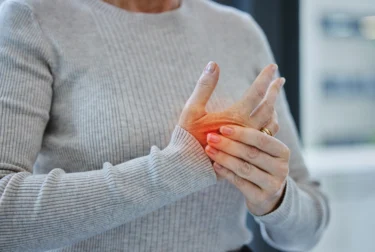
Ear oedema was used to test hadjod’s anti-inflammatory activity in rats. Hadjod can reduce swelling, relieve pain, treat allied illnesses associated with fractures, and aid in healing fractures. The inclusion of Beta-sitosterol and luteolin flavonoids in hadjod is responsible for its anti-inflammatory properties. Hadjod inhibits many inflammatory mediators that increase vascular permeability, support vasodilation, and cause oedema development3.

In hyperlipidemia models in rats, hadjod extract significantly reduced the total cholesterol, triglycerides, low-density lipoprotein cholesterol, and atherogenic index while increasing high-density lipoprotein cholesterol levels. Hadjod’s antihyperlipidemic properties are thought to be related to phytosterols, including stigmasterol, β-sitosterol, ketosteroid, and flavonoids like kaemferol, quercetin, and daidzein. Phytosterols may lower low-density lipoprotein cholesterol levels or diminish intestinal cholesterol absorption by increasing faecal cholesterol excretion2.

In rats, an extract of hadjod stem restored significant abnormalities caused by lead acetate. The use of hadjod extract on rats increases total sperm count. Antioxidant deficiency harms sperm viability and motility in males. Hadjod’s anti-infertility effect is attributed to its antioxidant enzymes restorative capacity or pregnancy abruption, implantation inhibition, and abortion induction2.
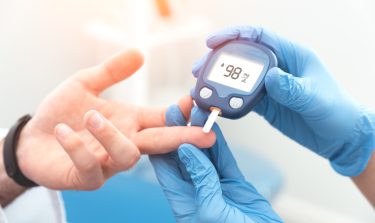
In diabetic rats, the injection of hadjod extract at various doses considerably lowers blood glucose levels. Furthermore, hadjod extract caused a rise in plasma insulin levels and restored liver antioxidant enzymes and histology in diabetic mice. Improvements in glycemic metabolism and regulation, free radical elimination, cholesterol reduction, insulin secretion, and microcirculation can contribute to hadjod’s antidiabetic action2.
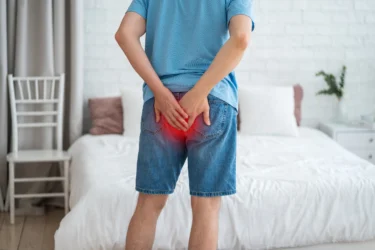
Hadjod extract’s anti-hemorrhoids activity was tested on an isolated human umbilical vein, which caused contraction of vascular smooth muscles of the vein. Hadjod extract was found to have a vasoconstrictive impact on the intact inner lining of the vein2. In clinical research, taking a tablet of hadjod reduced piles symptoms in patients. Flavonoids, which are significant phytochemicals, are thought to help treat haemorrhoidal diseases by reducing localized bleeding, itching, and discomfort, potentially by improving capillary resistance and venous tonicity by lowering capillary permeability2.
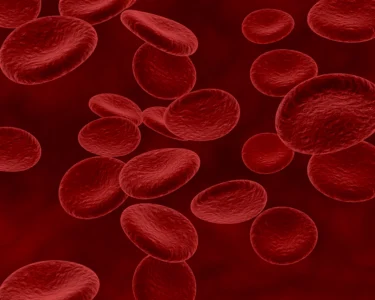
Hadjod’s extract significantly increased blood carbon clearance, blood immunoglobulin levels, and a delayed type of hypersensitive response to sheep red blood cells. In another study, hadjod extract nanoparticles corrected immunosuppression in immunosuppressive animals using sheep red blood cells. The findings suggested that hadjod had immunomodulatory properties in both cellular and humoral immunity.

Hadjod has been shown to have antiarthritic potential in various animal models. Hadjod extract was found to have an antiarthritic effect by reducing bone and cartilage degeneration, excessive paw inflammation, and associated biochemical and haematological changes2.
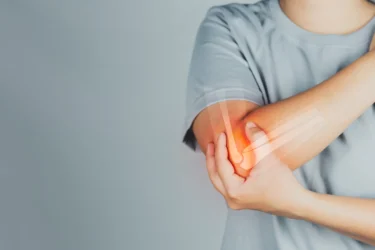
Hadjod’s antiosteoporotic potential has been demonstrated in various animal models by several authors. An osteoporotic rat model of ovariectomy, closed fracture by bending the radius-ulna in rats and dogs was used to test the antiarthritic activity of hadjod extract. The work was carried out in vitro using cell lines. Few clinical studies have shown that hadjod, combined with Zingiber officinale, can reduce joint swelling, discomfort, and soreness in osteoporotic and fractured patients. Hadjod’s bone protective activity is thought to be due to its steroidal content, which functions as phytoestrogens to prevent or minimise bone loss and suppress bone reabsorption caused by oestrogen deficiency2.
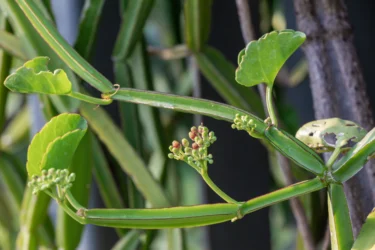
Various research has already assessed the antioxidant activity of hadjod utilizing different antioxidant assays and procedures. By lowering serum enzyme levels and boosting antioxidant enzyme levels, the antioxidant activity of hadjod extract was examined on liver protective activity2.
I recently read an article that says Hadjod may be used as a diuretic. Hadjod is known for its anti-inflammatory and antioxidant properties6.
Dr. Rajeev Singh, BAMS
Also Read: Banana Leaf: Uses, Benefits, Side Effects By Dr. Smita Barode
Your Ayurvedic physician will guide you for the appropriate dose and frequency of medication as per your condition. Avoid self-medication.
Also Read: Kachnar (Bauhinia Variegata): Uses, Benefits, Nutritional Value & More!
Various studies demonstrate that hadjod extracts are safe and free of side effects at commonly used doses. The reported side effects of hadjod extract are lack of appetite, staggering, dyspnoea, and diarrhoea in a limited case4.
Also Read: Akarkara (Pellitory): Uses, Benefits, Side Effects & More!
It is known as Heeressa, Hathisur, Khankho, Zarnazaru, Treebine, Banddiagra, Oongoonujaara, phet sangkhaat, san cha khuat, Veldt-grape, Adamant creeper, Asthisamadhani, Bonesetter, and Hadsanka in different regions2.
The plant contains several phytoconstituents like iridoids, stilbene derivatives, sterols, triterpenes, alkaloids, fatty acids, methyl esters, flavonoids1,2.
It treats constipation, piles, tumours, blindness, loss of appetite, muscular pain, vata and kapha, epileptic fits, chronic ulcers, and bone fractures. It is also used as a digestive, anthelmintic, analgesic, laxative, stomachic, tonic aphrodisiac agent, treatment of back and spine problems, pus removal2.
Hadjod is used in hadjod tablets, capsules, powder and drops2.
Yes, hadjod has bone protective activity. Hadjod’s protective action is thought to be due to its steroidal content, which functions as phytoestrogens to prevent or minimise bone loss and suppress bone reabsorption caused by estrogen deficiency2.
Disclaimer: The information provided here is for educational/awareness purposes only and is not intended to be a substitute for medical treatment by a healthcare professional and should not be relied upon to diagnose or treat any medical condition. The reader should consult a registered medical practitioner to determine the appropriateness of the information and before consuming any medication. PharmEasy does not provide any guarantee or warranty (express or implied) regarding the accuracy, adequacy, completeness, legality, reliability or usefulness of the information; and disclaims any liability arising thereof.
Links and product recommendations in the information provided here are advertisements of third-party products available on the website. PharmEasy does not make any representation on the accuracy or suitability of such products/services. Advertisements do not influence the editorial decisions or content. The information in this blog is subject to change without notice. The authors and administrators reserve the right to modify, add, or remove content without notification. It is your responsibility to review this disclaimer regularly for any changes.
Comments

Leave your comment...
You may also like
Comments